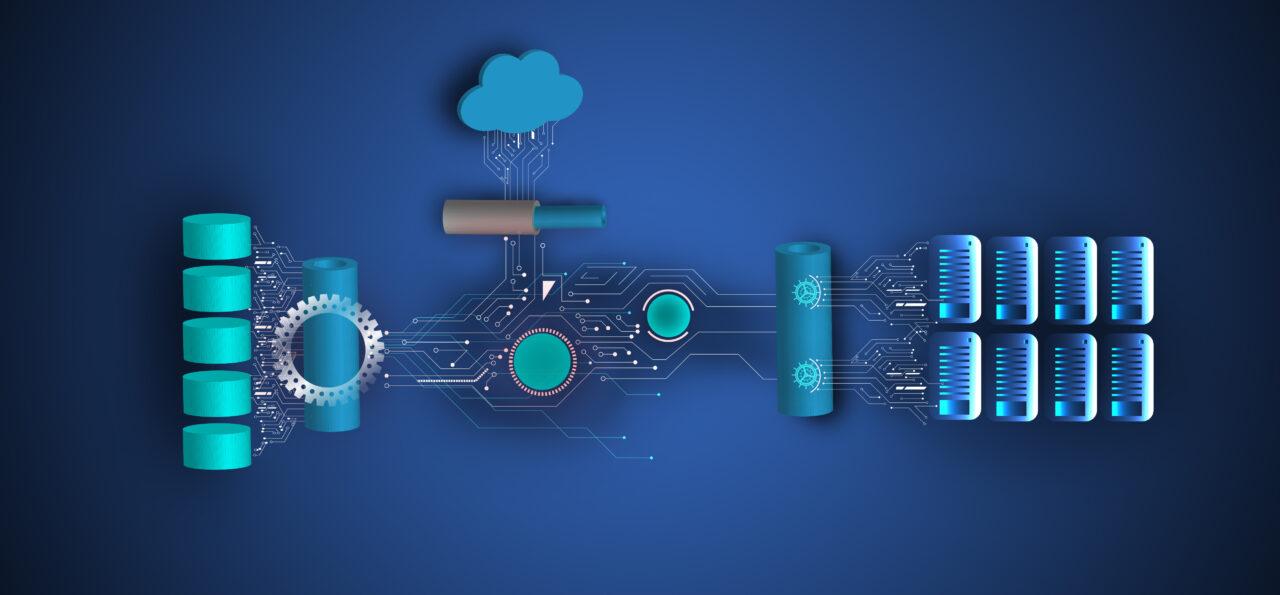In today’s fast-paced digital landscape, businesses are constantly seeking ways to scale their operations seamlessly. Enter microservices architecture – a revolutionary approach that has transformed the way companies build and deploy their applications.
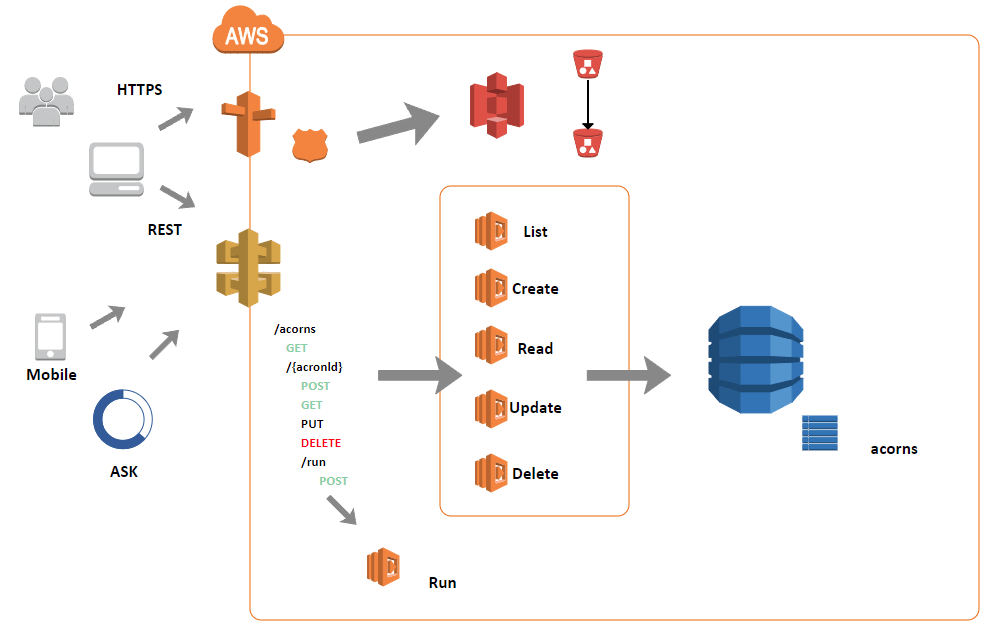
But what exactly are microservices, and how can they facilitate effortless growth? In this blog, we’ll delve into the world of microservices architecture, demystifying its concepts and exploring its benefits for businesses of all sizes.
Table of Contents
What are Microservices?
Microservices are a software development approach where applications are composed of small, independent services that communicate with each other through APIs. Each service is designed to perform a specific function, such as user authentication, database management, or payment processing.
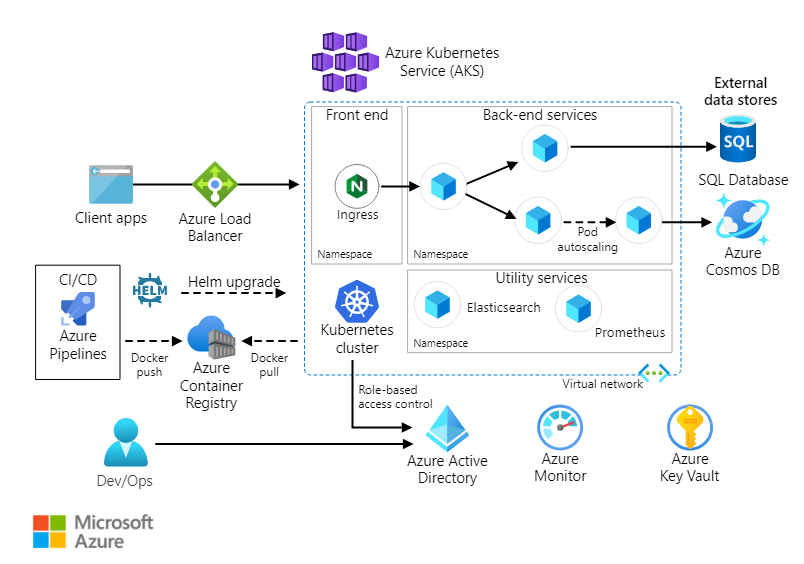
Unlike traditional monolithic architectures, where the entire application is built as a single, interconnected unit, microservices break down the application into smaller, more manageable components.
Key Characteristics

Decoupling
Decoupling is a fundamental principle of microservices architecture. Each service operates independently, with its own codebase, data storage, and development team. This decoupling allows teams to work on different services simultaneously without affecting each other, promoting agility and innovation.
Scalability
One of the most significant advantages of microservices is scalability. Since each service is independent, it can be scaled horizontally to handle increased load without impacting the performance of other services. This elastic scalability enables businesses to adapt to fluctuating demand quickly and efficiently.
Fault Isolation
In a microservices architecture, if a single service fails, it does not bring down the entire application. Since services are isolated from each other, failures are contained within the affected service, minimizing the impact on the overall system. This fault isolation enhances system reliability and resilience.
Benefits of Microservices
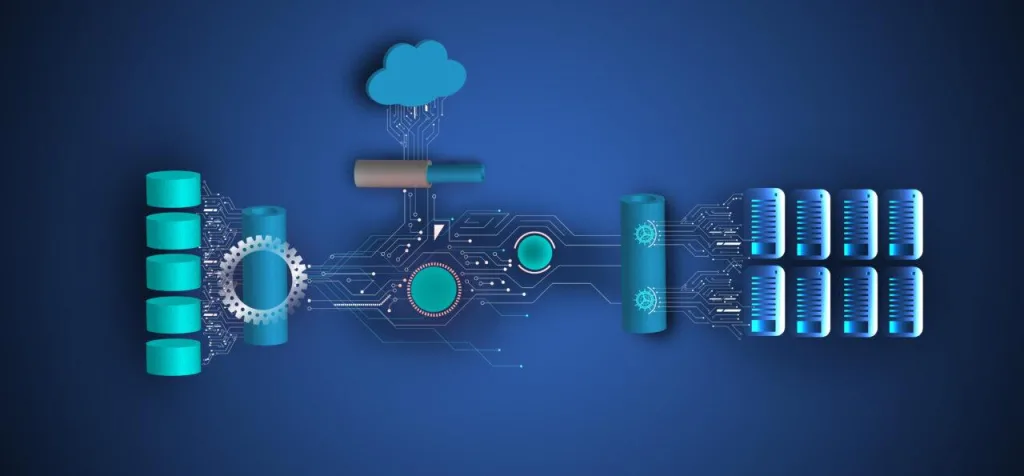
Scalability
Microservices architecture offers unparalleled scalability compared to traditional monolithic systems. By breaking down applications into smaller, manageable services, businesses can scale individual components independently, allowing for seamless growth and improved resource utilization.
Flexibility
The modular nature of microservices enables businesses to adapt and evolve their applications rapidly. New features can be developed and deployed independently, without requiring changes to the entire system. This flexibility allows companies to stay ahead of the competition by responding quickly to market demands and customer feedback.
Fault Isolation
In a microservices architecture, failures are isolated to the specific service where they occur, preventing them from cascading throughout the entire application. This fault isolation enhances system reliability and availability, ensuring uninterrupted service for end-users.
Rapid Deployment
Microservices enable continuous delivery and deployment, allowing teams to release updates and new features frequently and reliably. Since services are independent, changes can be made and deployed without affecting other parts of the application, streamlining the development process and reducing time-to-market.
Improved Maintenance
With microservices, each service has its own codebase and development team, making it easier to maintain and update individual components. This modular approach to development simplifies maintenance tasks, reduces the risk of introducing bugs, and improves overall system stability.
Challenges
While microservices offer numerous benefits, they also present unique challenges that businesses must address to reap the full rewards of this architecture.
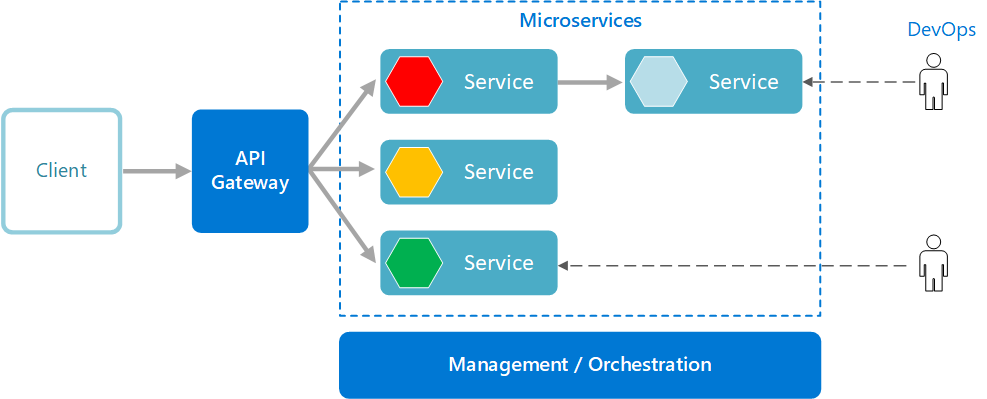
Complexity Management
Managing a microservices architecture can be complex, especially as the number of services grows. Coordinating deployments, monitoring performance, and ensuring compatibility between services requires robust management practices and tooling.
Communication
Effective communication between services is essential for a microservices architecture to function correctly. Implementing reliable communication protocols and handling service-to-service interactions gracefully is crucial for maintaining system integrity and performance.
Monitoring and Testing
Monitoring the health and performance of individual services is critical in a microservices environment. Implementing robust monitoring and testing strategies helps identify issues early, ensuring optimal performance and reliability across the entire system.
Security Considerations
Securing microservices can be challenging due to the distributed nature of the architecture. Implementing proper authentication, authorization, and encryption mechanisms is essential to protect sensitive data and prevent unauthorized access.
Conclusion
Microservices architecture offers a compelling solution for businesses looking to scale their operations seamlessly. By breaking down applications into smaller, independent services, businesses can achieve greater scalability, flexibility, and resilience. However, adopting microservices is not without its challenges. Effective management, communication, monitoring, and security are essential for success in a microservices environment. With careful planning and execution, businesses can harness the magic of microservices to drive innovation and achieve sustainable growth. For more information, so please visit this link.
Resources for Further Reading
- Books: “Building Microservices” by Sam Newman, “Microservices Patterns” by Chris Richardson
- Blogs: Martin Fowler’s blog on microservices, Kubernetes blog
- Podcasts: “The InfoQ Podcast” on microservices, “Software Engineering Daily“
- Courses: Coursera’s “Microservices Architecture” course, Udemy’s “Master Microservices with Spring Boot and Spring Cloud” course
Frequently Asked Questions (FAQs).
What are the main advantages of microservices architecture?
Microservices architecture offers several advantages, including enhanced scalability, flexibility, fault isolation, rapid deployment, and improved maintenance.
How does microservices architecture promote scalability?
Microservices architecture promotes scalability by breaking down applications into smaller, independent services that can be scaled horizontally to handle increased load without impacting other services.
What are some challenges associated with microservices architecture?
Some challenges associated with microservices architecture include complexity management, effective communication between services, monitoring and testing, and security considerations.
How can businesses address the challenges of microservices architecture?
Businesses can address the challenges of microservices architecture through effective management practices, robust communication protocols, comprehensive monitoring and testing strategies, and implementation of security best practices.
Is microservices architecture suitable for all types of applications?
While microservices architecture offers numerous benefits, it may not be suitable for all types of applications. Businesses should carefully consider their specific requirements and evaluate whether microservices align with their goals and objectives before adopting this architecture.

